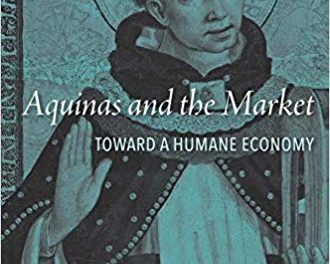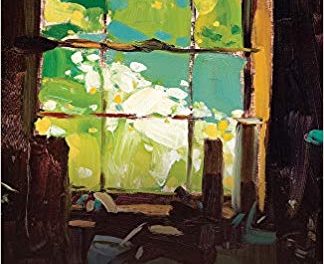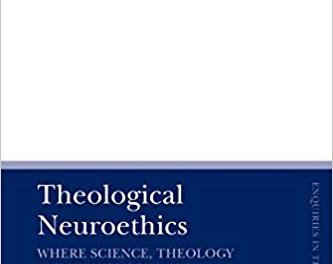The Sermon on the Mount and Moral Theology: A Virtue Perspective. By William C. Mattison III. Cambridge, UK: Cambridge University Press, 2017. Xiii + 279 pages. $29.99.
This review originally appeared in the Journal of Moral Theology January 2020 Issue.
William C. Mattison III’s The Sermon on the Mount and Moral Theology is a densely researched yet accessible and highly engaging work that makes a worthwhile contribution to the discipline of moral theology. Mattison’s central thesis is that Scripture and a virtue-centered approach to morality can be mutually illuminative when placed side by side. Mattison successfully makes his case through an analysis of Thomistic ressourcement virtue ethics in relation to the Sermon on the Mount.
A wide variety of subjects are considered throughout the book’s six chapters including: the beatitudes and happiness, the alignment of the beatitudes and the petitions of the Lord’s Prayer with the virtues, Christ as the fulfillment of both the moral and the ceremonial law, the moral importance of the emotions, growth in virtue, Thomistic action theory, hope, and several other topics of interest both to moral theologians and Scripture scholars alike. Though not himself a Scripture scholar, Mattison demonstrates an impressive breadth of knowledge in this area and seamlessly combines it with his formidable grasp of moral theology and virtue ethics.
If the major claim of the book regards the fruitfulness of the approach employed, then the question remains of that in which that fruit consists. While it is difficult to reduce Mattison’s complex work to a single argument, the central theme involves the compatibility and even inseparability of the “ethical and eschatological” (117). Mattison interprets the Sermon as specifying “qualifying conditions” for true happiness and makes the further claim there is an “intrinsic relationship between the qualifying condition and reward” presented in each of the beatitudes and in other parts of the Sermon (31). As Mattison states, “Grace-enabled activity…does not cease in the attainment of reward but is continuous with reward. This means that the reward also entails human activity, activity which is importantly continuous with the activity of the qualifying condition even while importantly different from the heavenly context” (37). Mattison finds in the Sermon an understanding of virtue as its own reward both in the present life and the life that is to come and insists on the continuity of virtue and the kind of happiness it brings in both states.
The theme of continuity between what was and what will be is further developed through an analysis of the old and new law as “teleologically oriented toward a common goal reveal[ing] how the new law fulfills but does not abolish the old” (77). Grouping the antitheses in order to show both their moral and ceremonial significance, Mattison furthers his claim that the “beatitudes are both ethical and eschatological” by introducing a Christological ecclesiology linking the beatitudes to the antitheses and sacraments to the ceremonial law. The old is taken up into and fulfilled in the new rather than negated or reversed.
Mattison furthers his fruitful integration of the Sermon and virtue ethics reading Matthew 6:1-6, 16-18 in order to elucidate the “enormous impact of the further goal in the meaning of the immediate activity” in Thomistic action theory and draws from this understanding in order to contrast the ‘disjointed’ and ‘self-contradictory’ activity of the hypocrites presented in these passages with the activity commended to the disciples. The claim is again made that “affirmation of future reward for those who are seen by our heavenly Father should not be understood as a repudiation of any present reward, including continuity of activity in the present state and future reward” (135). Building further upon the theme of continuity, Mattison examines the virtue of hope and contrary vices in relation to Mt 7:13-29 claiming that “the presumptuous person’s activities fail to be constitutive of eternal happiness, either by non-activity or activity that appears oriented toward it but in actuality is not” (226). On the other hand, the believer’s single-minded devotion to God as the last end informs everything she does and who she becomes in a manner constitutive of the reward she receives.
In closing, Mattison’s volume guides us in accessing the moral wisdom of the Sermon on the Mount through a virtue ethics approach to morality. Additionally, the book shows how classical virtue ethics is transformed by the light of Christian faith. Specifically, Mattison presents the virtues as grace-enabled excellences or activities of the soul in continuity with the final end that is the object of Christian hope.
Marquette University





